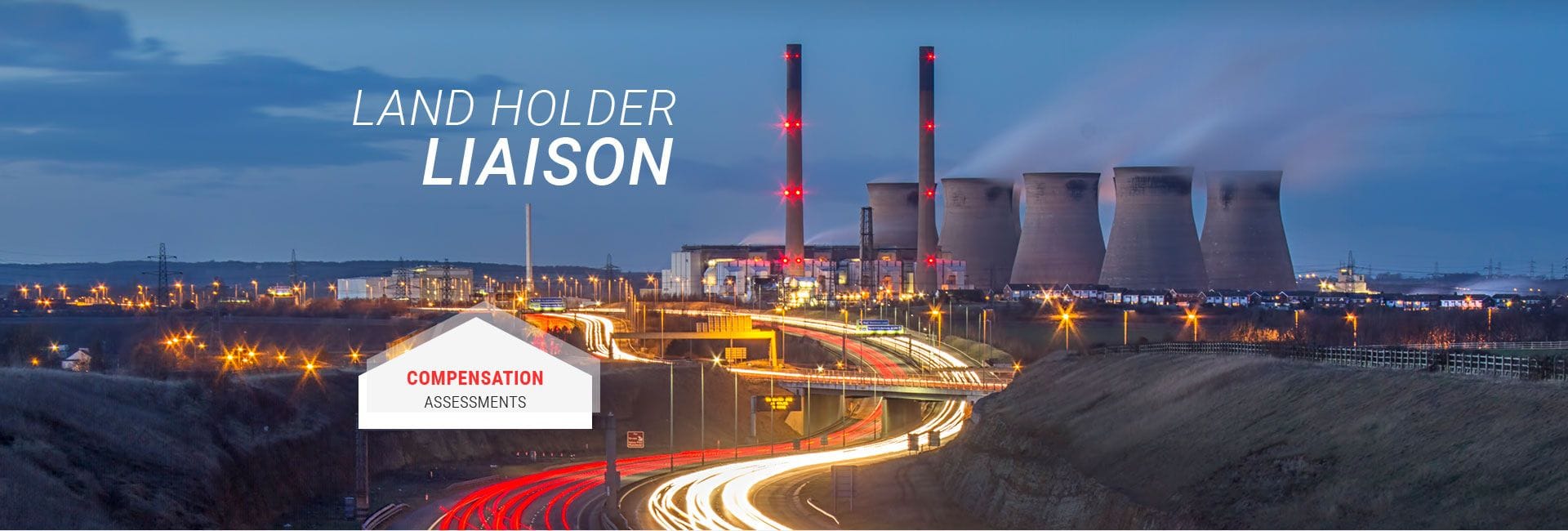Source: GasFields Commission Queensland
Background
In the early days, Queensland's coal seam gas (CSG) industry serviced residential and industrial customers, as well as electricity generation plants through the existing gas pipeline network. The small size of the local market constrained the scope and nature of CSG production activities.
By 2010/11, gas field development in the Surat and Bowen Basins was expanded to accommodate three major export projects: Queensland Curtis LNG project, approved in 2010; the Australia Pacific LNG project, approved in 2011; and the Santos Gladstone LNG project, also approved in 2011.
All three major projects involve partnerships between Queensland companies with coal seam gas resources and international petroleum companies.
A fourth major CSG operator, Arrow Energy, has extensive gas fields in the Surat and Bowen Basins, with most gas production currently directed towards the domestic market. Arrow's proposed export projects in the Surat and Bowen Basins have received regulatory approval but the company is yet to confirm its final investment decision.
Senex Energy is proposing a gas field development in the Surat Basin, and is currently seeking regulatory approval.
CSG industry footprint
Currently, petroleum tenures, predominantly associated with CSG, occupy about 62,000 km2 (or 3.5%) of Queensland. Of these, exploration tenures (Authorities to Prospect or ATPs) occupy 33,195 km2 (or 1.92%),
while development tenures (Petroleum Leases or PLs) occupy 28,601 km2 (or 1.65%).
CSG wells
Since 2011/12, CSG infrastructure has substantially increased in size and density. The number of gas wells more than doubled from 3,257 in June 2012 to 6,839 by June 2015. These gas wells are connected by a network of pipelines, field processing and compression stations. The water produced from gas extraction is piped to water treatment plants for reuse.
Queensland's onshore gas industry had originally estimated to drill a total of 42,851 wells by 2040. However, with changes in market conditions and lower gas yields than expected, the total number of wells is now forecast to reach about 18,000 by 2050. Over this period, wells reaching the end of their useful life will be progressively remediated (plugged and abandoned).
Gas Pipelines and LNG Processing Facilities
Between 2012 and 2015, each of the three major LNG export projects constructed major pipelines, each ranging from about 420 kilometres to about 540 kilometres in length, to connect the gas fields with their LNG plant on Curtis Island, near Gladstone. Each plant consists of two production trains to compress the natural gas into LNG for export.
QCLNG commenced commercial production from its first LNG train in December 2014 and its second train in November 2015. GLNG commenced commercial production from its first LNG train in October 2015. APLNG commenced commercial production from its first LNG train in January 2016.
| Tenement Area |
3.5% of Qld (62,000km2) | -
1.92% (33,195km2 - Authorities to Prospect (ATPs)
-
1.65% (28,601km2) - Petroleum leases (PLs)
-
Much of this area is used for agriculture which covers 88% of State land
|
| CSG Wells |
6,839 active gas wells (as at 30/06/2015) |
Total gas well numbers by 2050 will depend on industry development plans which are subject to market conditions and gas yields |
| Pipelines |
1,490km combined length of 3 main export pipelines |
Connect Surat Basin gasfields to LNG processing and export terminals on Curtis Island, Gladstone |
| LNG Facilities |
Six LNG production trains across 3 plants |
Four of the six trains in commercial production as of March 2016 |
| CSG Globe |
View CSG Infrastructure on the Coal Seam Gas Globe |
View information & location of CSG wells, pipelines, facilities & groundwater bores - www.business.qld.gov.au |



